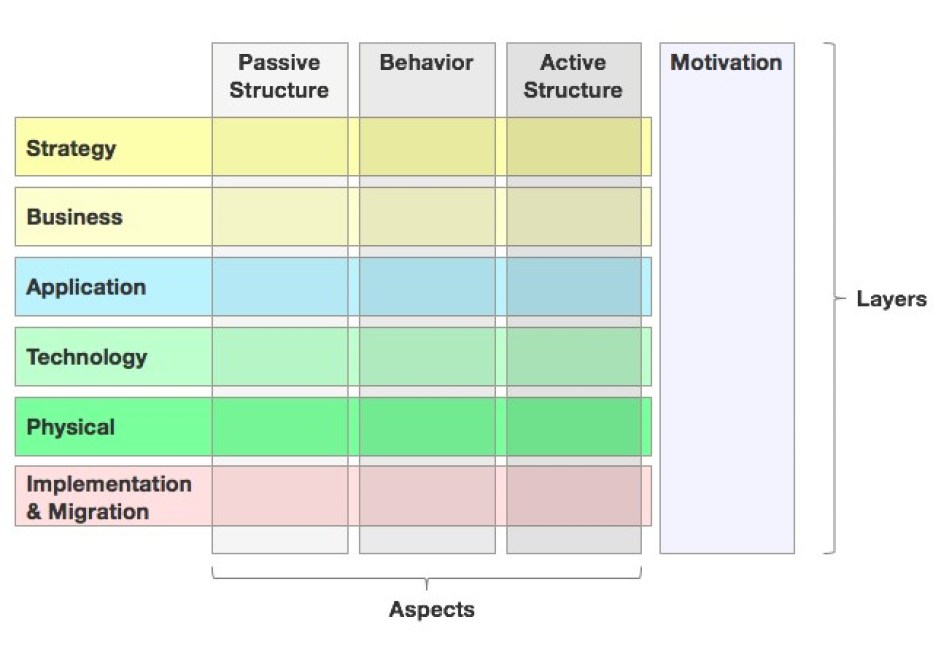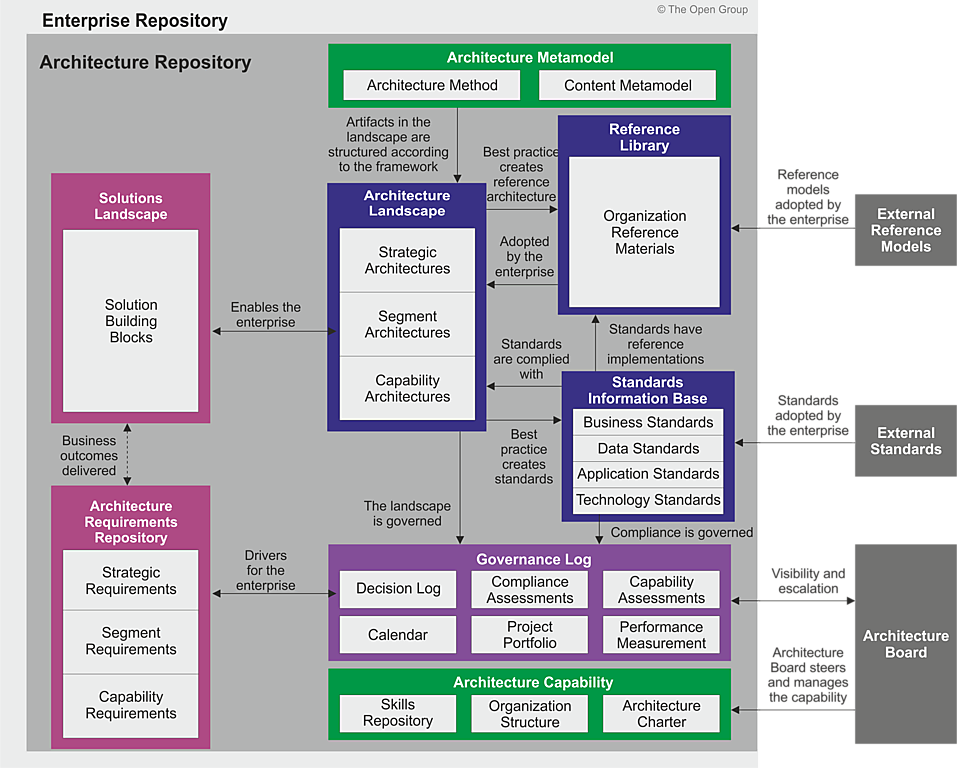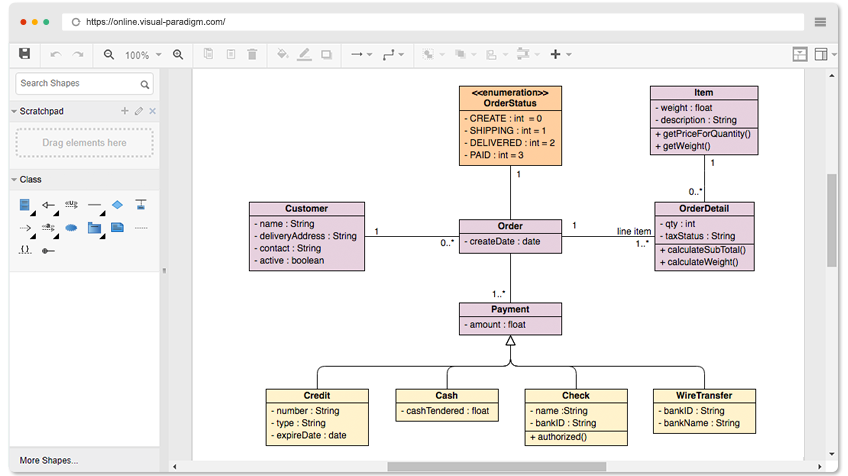Comprehensive Tutorial on ArchiMate
ArchiMate® is a modeling language designed to support the description, analysis, and visualization of architecture within an organization. It provides a framework that covers various aspects of enterprise architecture, enabling stakeholders to understand the relationships between different elements. This tutorial will guide you through the key diagram types and elements based on the layers and aspects of the ArchiMate® Framework. Overview of ArchiMate® Layers and Aspects ArchiMate® is structured into several layers, each containing specific elements that represent different architectural aspects: Strategy Layer Business Layer Application Layer Technology Layer Physical Layer Implementation &…continue reading →








